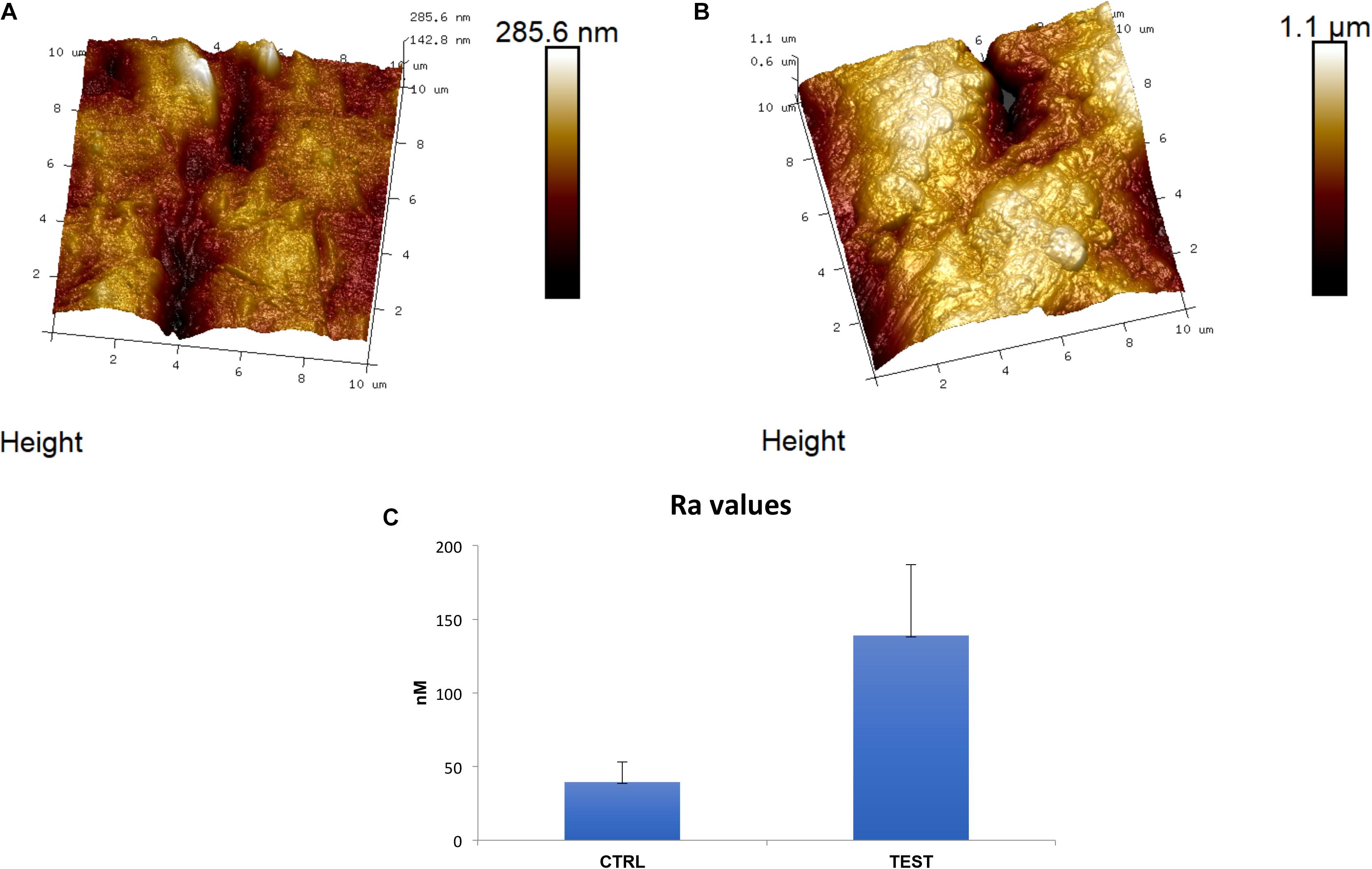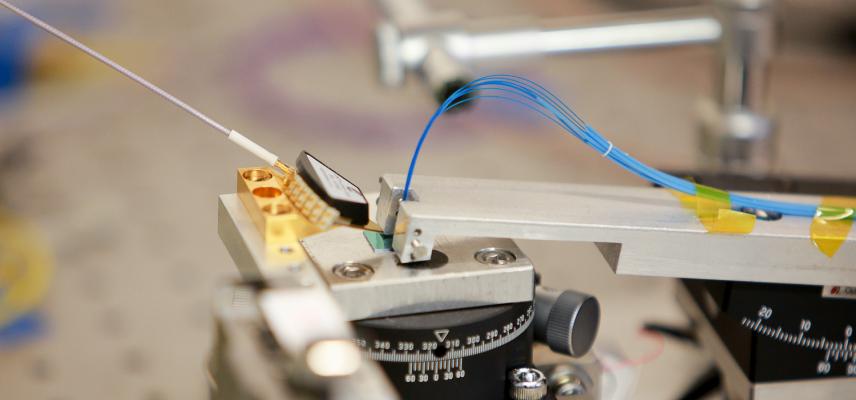

Due to the presence of the aforementioned functional groups, cross-linking can occur either by ionic interactions, covalent bonding, or hydrogen bridges. In order to improve the mechanical and physicochemical properties of chitosan-based materials, it is necessary to cross-link this polysaccharide.

The presence of reactive functional groups, such as hydroxyl or amino groups in the chitosan structure, allows for fairly easy chemical modification of this biopolymer. It has been shown that due to better mechanical, thermal and surface properties as well as lower toxicity, dialdehyde chitosan is a very promising crosslinking agent. Toxicity of all obtained materials was tested using the Microtox ® test.

The results obtained were compared with the materials obtained by cross-linking chitosan with low molecular weight glutaraldehyde and high molecular weight cross-linking agent based on polysaccharide–dialdehyde starch. Thermal and mechanical properties as well as hydrophilic character were also examined. Materials obtained with different amount of DACS were fully characterized in terms of structure and surface morphology. This article describes quick and efficient synthesis of dialdehyde chitosan (DACS) and its application for the preparation of chitosan films. This can be eliminated when using a cross-linker based e.g., on polysaccharides. Nevertheless, the unreacted particles can be released from the cross-linked material and cause cytotoxic effects. One of the most popular cross-linking agents is glutaraldehyde. Therefore, natural cross-linkers containing reactive carbonyl groups are of great interest especially for modifying properties of natural polysaccharides. It is known that the cross-linking agent used for preparation of biomacromolecule-based materials is as important as used biopolymer. Materials based on natural high molecular compounds are particularly interesting for biomedical applications.


 0 kommentar(er)
0 kommentar(er)
